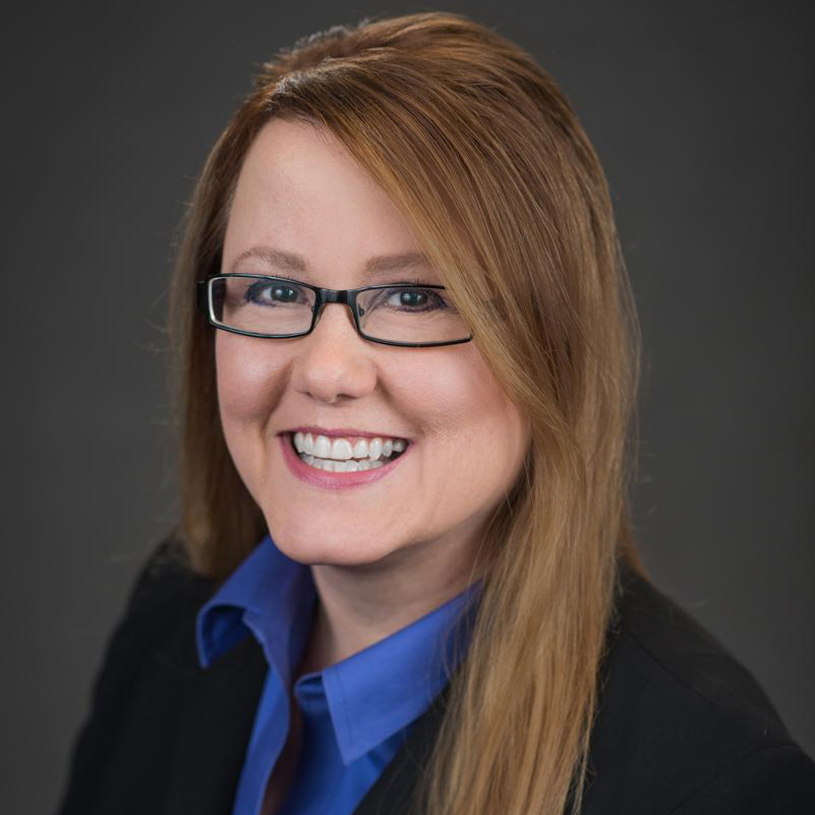
Assisted living communities establishing financial partnerships with Programs of All-Inclusive Care for the Elderly is one recommendation contained in a new report of potential ways to increase the affordability and accessibility of long-term care for middle-income adults — those who currently can’t afford long-term care but don’t qualify for Medicaid.
The 46-page report, “New Approaches to Long-Term Care Access for Middle-Income Americans,” released this past week by the Milken Institute and Genworth, summarizes the key findings of a Financial Innovations Lab group convened last fall by Milken. The group included stakeholders from senior housing, long-term care delivery, government, healthcare, insurance, technology, finance and academia.
By scaling up PACE and special needs plans, the group suggests, access to integrated care will be expanded for middle-income Americans. PACE also would want to establish financial partnerships with anchor institutions and private equity as well as incorporate a digital/virtual care component, according to the report.
The group also suggests a large-scale demonstration project to analyze the costs and benefits of various technologies designed to enhance home-based care.
And the report calls for the development of complementary public–private long-term care insurance solutions, something that Lab participants “were in remarkable agreement” on. Such insurance solutions, according to the report, would offer seamless, affordable coverage and segment risk, because “long-term care is too costly for the private or public sectors to tackle alone.”
To mitigate costs and associated risks, the Milken Institute identified a new approach that would allow the public sector to develop long-term care insurance programs that address the first couple of years of long-term care costs, followed by complementary private sector long-term care insurance products that would provide coverage for additional years. For the most prolonged and expensive cases, Medicaid would continue to act as a backstop.
“This is a more nuanced approach to risk segmentation than is typical in current models,” report authors said.
Of course, this isn’t the first proposal on how to tackle the issue of long-term care financing. The past five years alone have seen calls for reform by the Long-Term Care Financing Collaborative, the Bipartisan Policy Center, LeadingAge and the LeadingAge LTSS Center @UMass Boston and Community Catalyst’s Center for Consumer Engagement in Health Innovation. Some of the people involved in those previous efforts also were involved in the latest one.
Will this latest report spur action where others have not? Time will tell. But time is of the essence. A growing aging population will place increasing pressure on the Medicare and Medicaid programs.
From 2004 to 2020, assisted living costs have increased an average of 3.8% annually, or 79.17% over time, according to the 2020 Genworth Cost of Care Survey. The annual national median cost for assisted living is now $51,600 annually.
And you’ll recall that, according to research published in 2019 in Health Affairs and funded by the National Investment Center for Seniors Housing & Care, 54% of the 14.4 million middle-income older adults in 2029 in the United States will lack the financial resources to pay for senior housing and care. Researchers involved in that study, too, said that a combination of public and private efforts would be needed to address the looming crisis.
That’s eight years from now. The clock keeps ticking.

